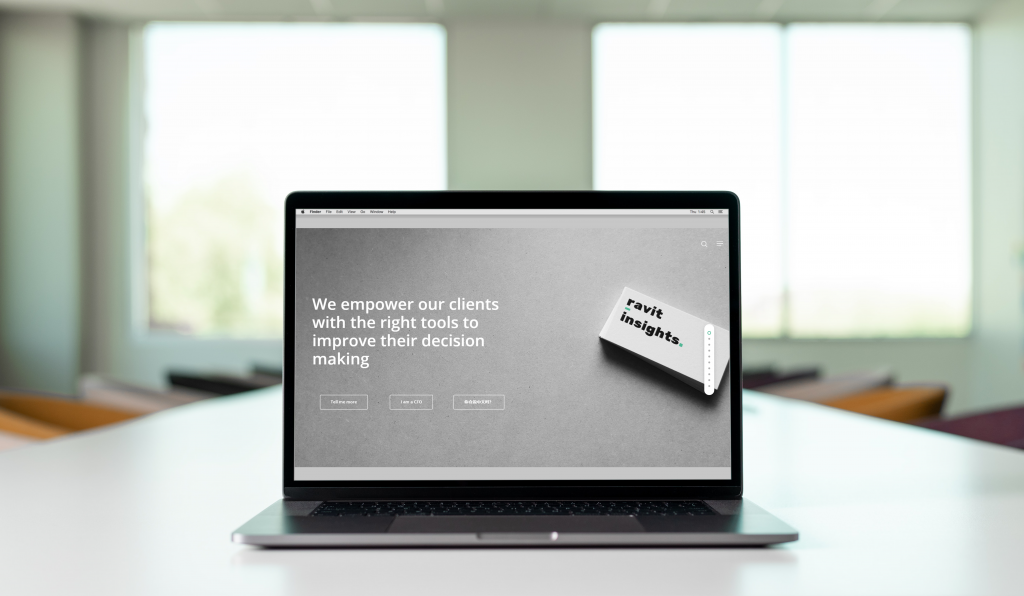A recent business survey by my former employer the National Australia Bank, suggests that in the next quarter, results shows that Australia’s economy will have fully recovered from the Covid-19 crisis.
This time last year, with all of Australia in lockdown, this fortuitous rise would have been unthinkable. Now, with an empathetic eye on the global situation, many Australian businesses are again embracing the good times (for now).
In our work over the past year, we have seen many businesses thrive despite the adversity.
The reasons behind this are twofold – firstly, because of how they have tackled the downturn, and secondly, that they were able to do so because of how they managed their business in the good times.
It has reinforced in our daily practice that businesses must use good times to prepare for the bad. They must build cash reserves, continue to invest in growth and importantly, their people.
 Image source: Devin Pickell via. Unsplash
Image source: Devin Pickell via. Unsplash
Here is how we advise our clients to set their business up for the long-term
Cash is king
It is a message we continuously enforce and one that the businesses we saw survive the pandemic paid attention to. When your business is thriving and profitable, it is an opportunity to build cash reserves. These can be used when business is facing shortages either in revenue or in cash flow.
In one version of an ideal world a cash reserve would allow you to run your business as normal for 6 months. That means taking stock of your fixed expenses, including staff, rent and other essential costs.
In 2020 many Australian businesses experienced just this circumstance, with lockdowns and uncertainty for at least 6 months.
A cash reserve helped them survive this, but also keep in mind that a large cash reserve might take up cash that could be used for growth and business expansion. You will need to work with your accountant, prepare a financial model and decide for yourself how much is enough for your emergency fund.
Understand your business
It is essential to have a clear understanding of how your business runs. This means what your business has done and what it is forecast to do in the future.
A financial model will help you understand your revenue and expenses, working capital drivers as well as help you to set your budget (and see how you perform against it). Business owners should also have an understanding of their accounting methods, whether they are using cash or accrual accounting and what each means for how their business is run.
Set your business processes
Good admin is like landing wheels on a big jet plane . If your business is taking off, you want to ensure you can land safely should your circumstances change. Ensuring you set up good process for accounts, invoicing and other essentials including client onboarding and marketing. We see strong business process as a fundamental for growth, which is essential to navigating strong economic conditions, however it also sets you up for survival if things start to go badly.
Value your people
The cost of losing a star performer could be up to three times their salary, according to an analysis from The Dream Collective. I put my responsibility as an employer at the top of my priorities, and in the good times this is important to remember to ensure we are preparing to support our team when things are lean.
Likewise, architecture firm Parallel Workshop Architects set its business up with a key driving value to treat its staff like family. To do so, its focus was not on luxe perks, but on stability and security for their team in their roles.
A financial model gave them the security, and the understanding of their business, to keep calm at the start of the pandemic and offer security for as long as they could.
Remain competitive
One benefit (though it may not seem that way at the time) of hard times, is that they often force innovation. The danger of good times is to become too comfortable. Seasonality is a good reminder of this, where some businesses earn the majority of their income in peak times. They must prepare during these peaks for the lean period in between. By doing so, they have the financial cushion to use those down times to innovate and plan for the future.
This can be true of any business in good times.
We always have an eye on the future for good times or bad. A financial model can help you make the most of the good times, while also providing the information for a safety net should things turn sour.
Find out how our go-to products can help your business reach its goals. Send us a message and we will be sure to get back to you as soon as possible.

